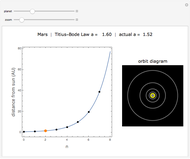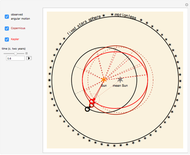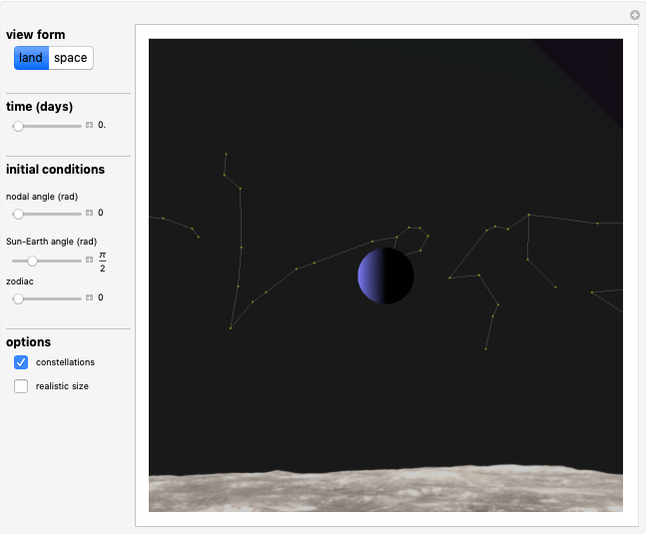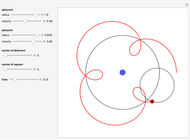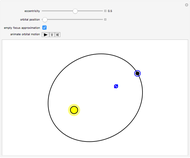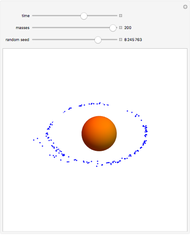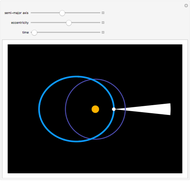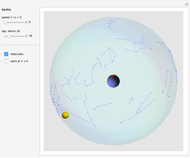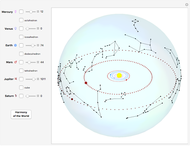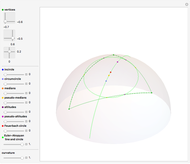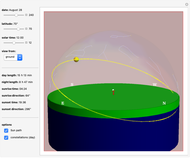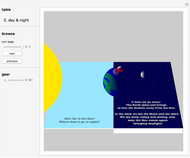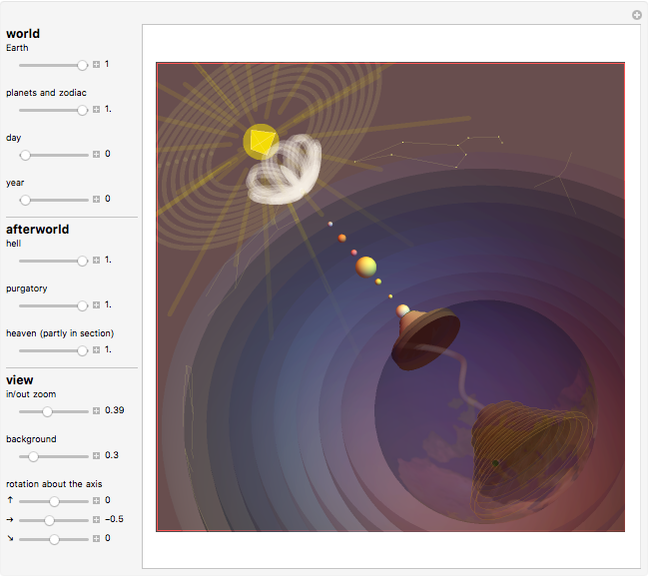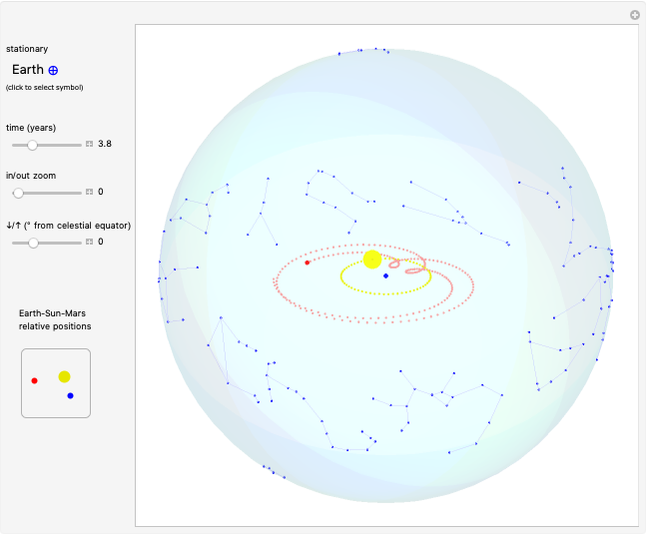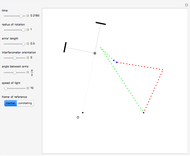Kepler's Harmonices Mundi

Requires a Wolfram Notebook System
Interact on desktop, mobile and cloud with the free Wolfram Player or other Wolfram Language products.
In 1619 Johannes Kepler published Harmonices Mundi (The Harmony of the World). The book contains his definitive theory of the cosmos, blending a refined version of his original polyhedral theory with elliptic planetary orbits and the theory of musical harmony. Thanks to his harmonic law—nowadays the third law of planetary motion—he succeeded in fulfilling the ancient dream of proving that the heavens resound (silently) to the same chord and scale structures as Western music.
[more]
Contributed by: Paolo Maraner (July 2017)
Open content licensed under CC BY-NC-SA
Snapshots
Details
Permanent Citation
"Kepler's Harmonices Mundi"
http://demonstrations.wolfram.com/KeplersHarmonicesMundi/
Wolfram Demonstrations Project
Published: July 14 2017






